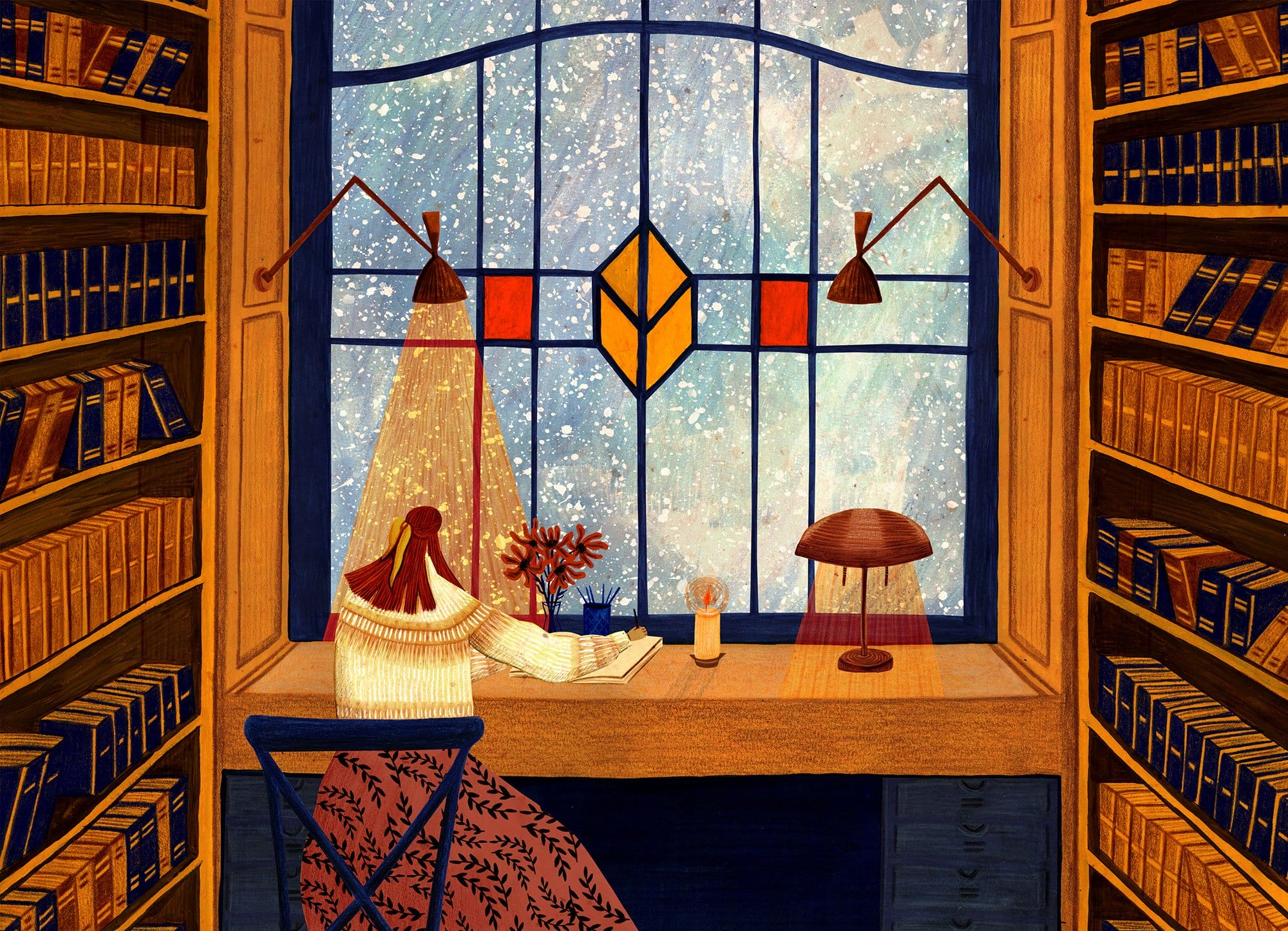“Sistah Paradise’s Great Walls of Fire Revival Tent” (1993/1999/2009), hand-crocheted cotton and acrylic yarns, metal frame, electrical tape, and cowry shells, 144 x 60 x 60 inches. All images © Xenobia Bailey, courtesy of Venus Over Manhattan, shared with permission
From bright yarns, pony beads, and cowry shells, artist and activist Xenobia Bailey hand-crochets elaborate shooting stars, suspended shelters, and sacred forms. Wall works and standalone sculptures incorporate the artist’s signature use of crochet into vibrant, sometimes psychedelic compositions that pulse with whorling patterns and color.
For more than three decades, Bailey has pursued a project titled Paradise Under Reconstruction in the Aesthetic of Funk, influenced by the period of Reconstruction following the Civil War, between 1866 and 1877. Policies aimed at assimilating millions of African Americans, recently freed from slavery, took a dark turn when white supremacists resorted to terrorism and violence to keep Black people from privileges white citizens enjoyed, including the right to vote.
Bailey contends that the unfulfilled commitments and intentions of Reconstruction have had a prolonged effect on African American families and continues to this day. She describers her work as a “remix of Reconstruction,” constructing a distinct aesthetic that draws on the rich material culture of African American homemakers, caregivers, sharecroppers, and domestic laborers. Many of these craft traditions revolve around textiles like weaving and sewing, often forming elaborate quilts.
The project also taps into the musical genre of funk, which emerged in African American communities the 1960s and blended elements of blues and soul. And a survey of her work, made over the course of three decades, was just recently on view in Paradise Under Reconstruction in the Aesthetic of Funk: The Second Coming at Venus Over Manhattan, which marked the artist’s first solo show in New York City in more than two decades.
“Shooting Star” (2008), hand-crocheted cotton and acrylic yarns, plastic pony beads, and cotton backing, 77 x 164 inches
Bailey grew up in Seattle and was drawn to crafting and interior design as modes of expressing cultural identity, pushing their applications further than their traditional role as domestic necessity or pastime. The artist enrolled at the University of Washington, where she thrived in the interdisciplinary department of ethnomusicology and took classes with Jacob Lawrence, whose work profoundly influenced her aesthetic outlook. She moved to New York City in 1974 to attend Pratt Institute, eventually meeting Faith Ringgold, whose practice of integrating personal narrative and cultural history with fabric inspired Bailey to pursue her creative passion.
Bailey developed a “liquid stitch” technique that she incorporated into crowns, headpieces, and hats. “She conceived these pieces as sculptural forms that merged cultural narratives, Funk, and the spiritual significance of adornment,” says a statement from Venus Over Manhattan. Her work appeared in Spike Lee’s film Do the Right Thing (1989), in which Samuel L. Jackson wears a hat crocheted with “AFROCENTRICITY.”
Many of Bailey’s pieces multiply into numerous overlapping mandala motifs that appear to spin or generate their own energy. Throughout Paradise Under Reconstruction in the Aesthetic of Funk, the artist undertakes a kind of world-building, creating vivid compositions and geometric shapes that proliferate across the wall and into space. Her large-scale installations and structures like “Sistah Paradise’s Great Walls of Fire Revival Tent” invite the viewer to participate in an optimistic mingling of aesthetic traditions.
While the show may have passed, if you’re transiting through New York, you can check out the artist’s monumental glass mosaic for MTA, “Funktional Vibrations,” which opened in 2015 at the 34 St.–Hudson Yards Station. Find more on Bailey’s Instagram.
Left: “Sacred Motion” (c. 2000), hand-crocheted cotton and acrylic yarns, shell, plastic pony beads, and cotton backing, 109 x 49 inches. Right: “C-Trane Express Track” (c. 2000), hand-crocheted cotton and acrylic yarns, plastic pony beads, and cotton backing, 97 3/8 x 104 inches
Detail of “Sistah Paradise’s Great Walls of Fire Revival Tent”
Left: Detail of “Sistah Paradise’s Great Walls of Fire Revival Tent.” Right: Detail of “C-Trane Express Track”
“Serpent Healer” (2003-2005), hand-crocheted cotton and acrylic yarns, shell, plastic pony beads, and cotton backing, 60 x 86 inches
Left: “Turtle Island” (c. 2009), hand-crocheted cotton and acrylic yarns and plastic pony beads, 72 x 64 inches. Right: “Untitled” (2015), hand-crocheted cotton and acrylic yarns, 54 x 54 inches
“Sun Birthing” (1999), hand-crocheted cotton and acrylic yarns, plastic pony beads, and cotton backing, 71 x 105 inches
“She Bop – She Boom” (1996/1999), hand-crocheted cotton and acrylic yarns, plastic pony beads, and cotton backing, 92 x 70 inches
Do stories and artists like this matter to you? Become a Colossal Member today and support independent arts publishing for as little as $5 per month. The article Xenobia Bailey Envisions a Distinctly African American Aesthetic One Crochet Stitch at a Time appeared first on Colossal.


